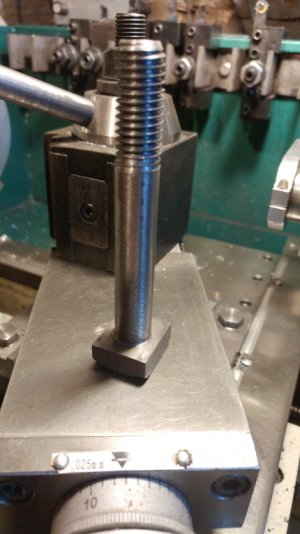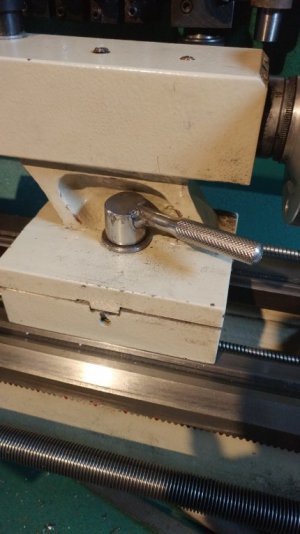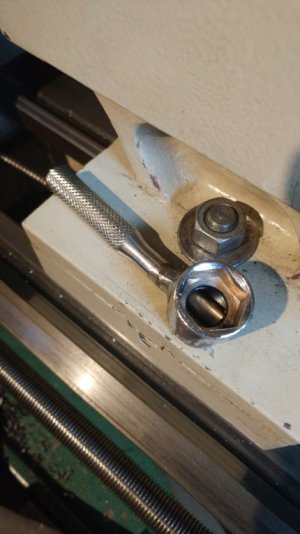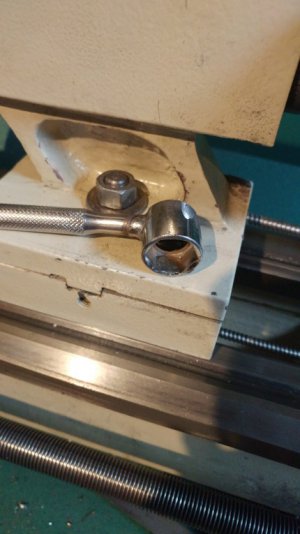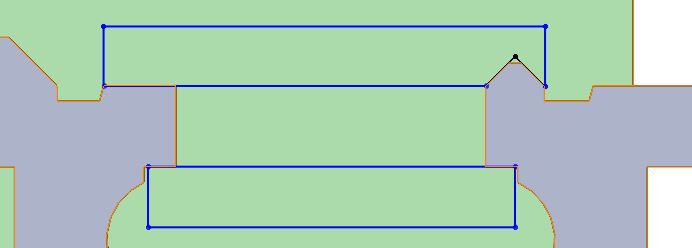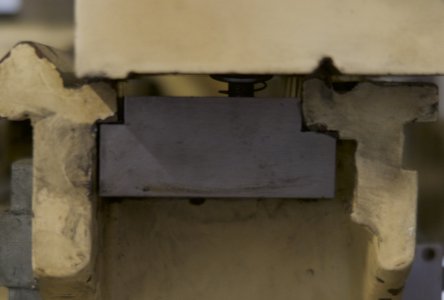I totally love the idea. Sadly, even replacing the bolt with a 1/2-10 acme screw, and putting a spring on it didn't get my machine to a point where 120º would be a useful amount of rotation. I either need to go even more ridiculous on the travel or live with it until I can alter the underside of the ways. If I could think of an efficient, secure, and non-destructive way of just adding meat to the underside of the ways, this setup I have now would be the cat's meow. It's just that the difference between the "parking" position at the far right and the "useful" range toward the middle is so insanely extreme on my particular lathe. Based on what people have commented, I have to conclude that my particular example is a lot more crappy than is typical. Of course it is. I mean, that's my luck, right? I marry a woman, serve her faithfully for 24 years, and she cheats on my trusting ass, even though I thought she was a unicorn. Oops, I'm having a pity party again.


